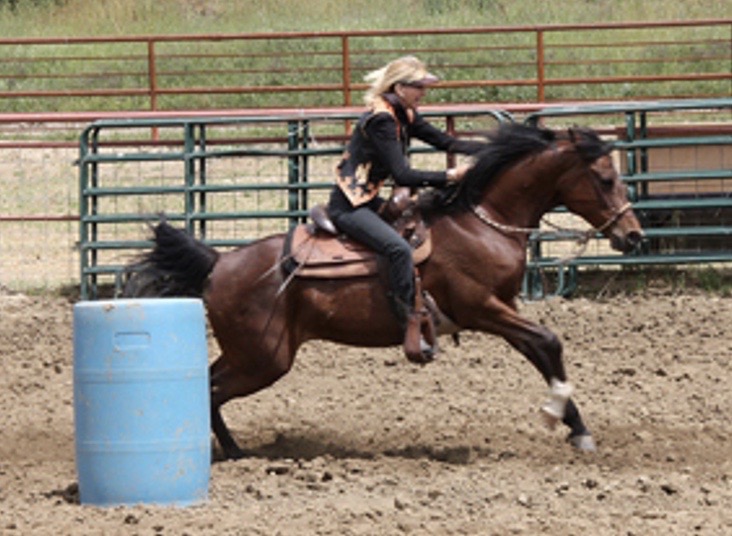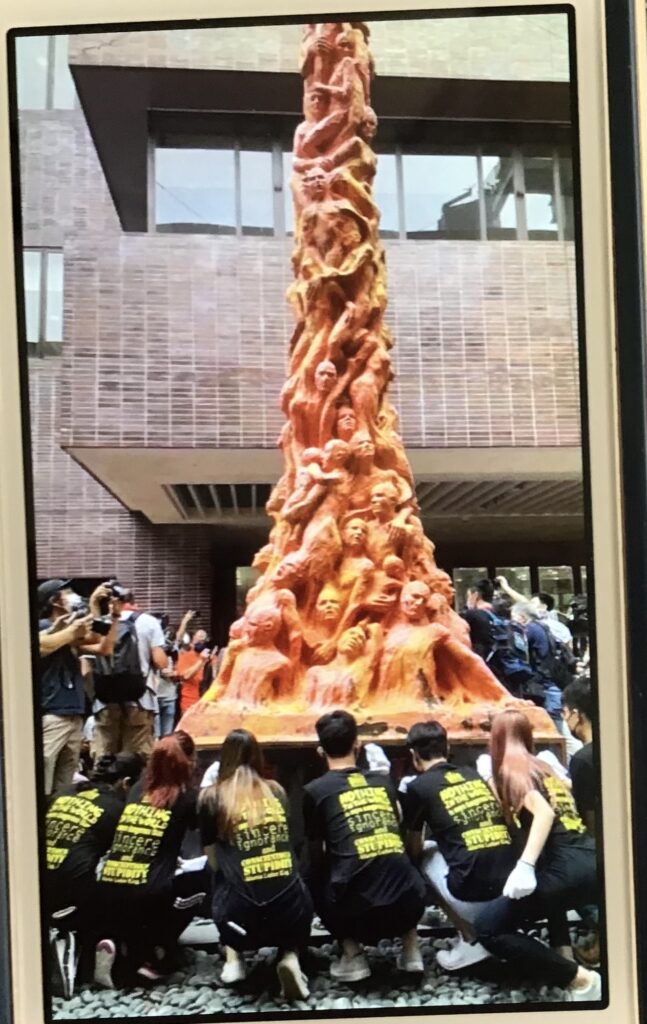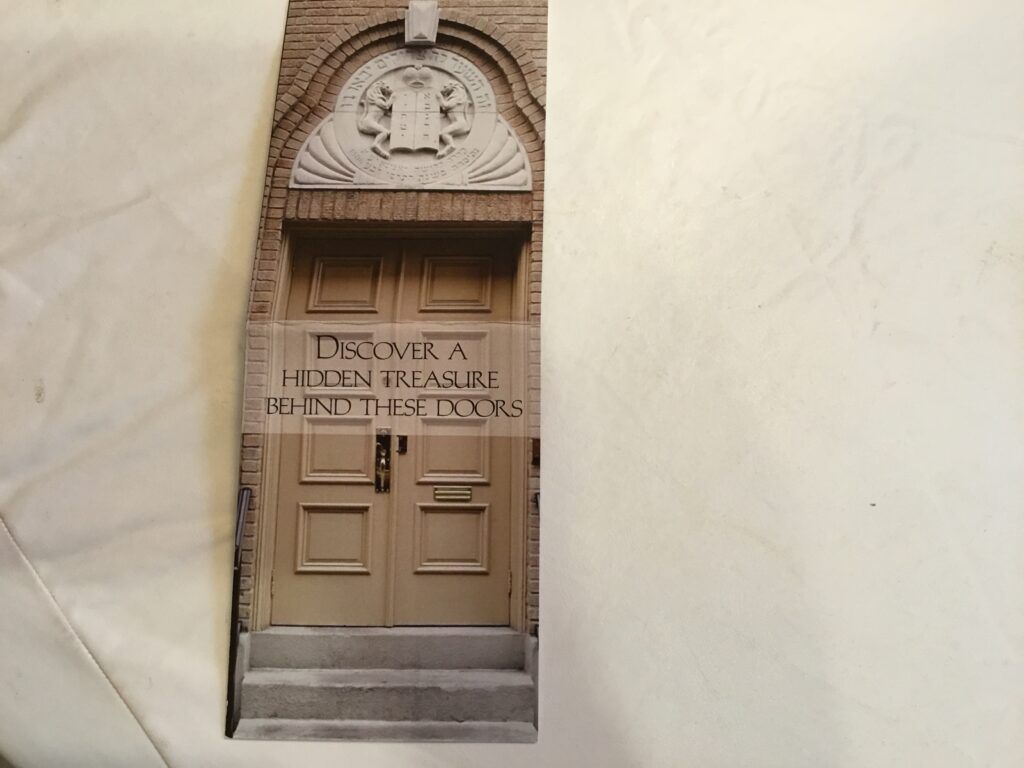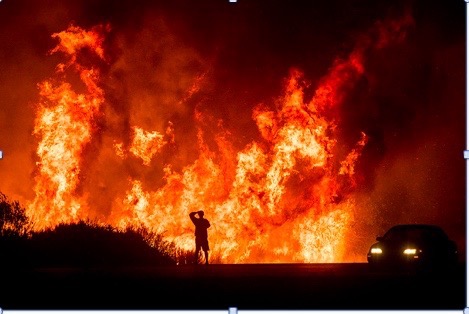Who says women over 50 aren’t amazing?
I wrote ‘Lessons Learned: Stories from Women Leaders in STEM’ to showcase the incredible achievements of women who have made their mark in STEM fields. I hope these stories inspire and empower the next generation of women in STEM.
That said, let me briefly showcase a woman who is a super star in STEM going strong well past age 50: Marcia McNutt, PhD. Born as far away from the ocean as one can get, Marcia ended up a world class, award winning marine geophysicist. Today she is the 22nd president of the National Academy of Sciences, having also served as editor-in-chief of the journal Science. Her leadership as Director of the U.S. Geological Survey earned her the U.S. Coast Guard’s Meritorious Service Medal for helping to contain the Deepwater Horizon oil spill. There is much more to her unique story including the fact that she was one of the 16 women who helped to change the way women scientists are treated today at MIT. Not only wife and mother, Marcia is an accomplished horsewoman who does barrel racing!

To learn more about this wonderful role model, you can order Lessons Learned: Stories from Women Leaders in STEM from the publisher (American Association for Physician Leadership by calling 800-562-8088 and ask for a 15% discount with code SHLIAN15) or from Amazon (https://lnkd.in/exqTjvhw)









